Parroquia De San Miguel Arcángel
The indigenous bricklayer who built the Parish of San Miguel de Allende.
Know the story of Don Zeferino Gutiérrez Muñoz, the very talented indigenous mason who kept in his house engravings of the cathedral of Cologne, took as an example the cathedral of Köln, Germany, on which he based himself to create the facade of the parish of San Miguel de Allende;
The parish church of San Miguel de Allende began to be built shortly after Fray Juan de San Miguel founded the town of San Miguel el Grande, a fact that happened in 1542 according to the most reliable records. Although it is not known at what exact moment the original construction of the Parroquia de San Miguel de Arcángel ended, a document dated 1649 states that the temple was demolished for the first time in that year, due to the deterioration it presented.
It is worth mentioning that between 1680 and 1690 the parish was again in ruins, so that in this period the second reconstruction of the temple was started; an enterprise that was concluded in 1709. At that time, the main church of San Miguel de Allende did not have the vertical style it has today, but was framed within the architectural current of the Spanish Plateresque, a style that emerged during the Spanish Renaissance, progressing from the medieval Gothic, which was the "official" school of construction of the Spanish Empire and the Catholic Monarchs during the first phase of the colonization of America.
In 1683 the main nave of the Parish of San Miguel de Arcángel was completed. In spite of this progress, some of the walls were still damaged and the work on the tower and the altarpiece of the main altar had not yet been completed. The work was directed by architect Marco Antonio Sobrarías according to the parameters and norms determined by the Spanish crown.
this Guanajuato city would probably not be one of the most desired cities to visit or inhabit by people from all over the world.
Without the majestic European-style parish church that stands in the center of San Miguel de Allende,
The creator of the image of this temple was not a famous architect brought from Germany; but a short, somewhat chubby bricklayer who was persecuted by poverty since childhood. His name was Zeferino Gutiérrez Muñoz.
And we say creator of the image because it should be known that the parish of San Miguel de Allende has not always been as we know it today, because at the beginning it was of plateresque style. With time, the church began to show cracks and crazing. For this reason, the mason Zeferino was asked to change the entire facade, but no one imagined that these modifications would be so drastic.
It is noteworthy that Zeferino, an indigenous citizen and today remembered as one of the most notable San Miguel residents in history, imagined and created the current form of the temple without the support of architects, inspired only by postcards and photographs of European churches, especially a postcard of the Cathedral of Cologne, Germany, which he jealously guarded in his workshop. It is worth mentioning that the work was made with pink quarry stone that Don Zeferino extracted from the slopes of the Palo Huérfano volcano, which today is extinct.
According to history, Zeferino Gutiérrez undertook the reconstruction of the parish façade in 1880, concluding the work in 1890. Contemporary experts think that, if it is a fact, it is a surprisingly fast lapse for a work of his magnitude carried out by a single person. Due to the source of inspiration on which the master canterano based himself, the famous Parroquia de San Miguel de Allende is inscribed within the neo-Gothic architectural style, although its pink coloring gives an astonishing, almost surreal twist to its image. It is worth noting that to make room for the spires that make up its figure, the bell towers built in the seventeenth century had to be demolished.
Thus, the façade, choral window, bell tower, clock and atrium of the Parish of San Miguel Arcángel were modified, as well as the altars inside. It is worth mentioning that inside the parish church there is a collection of pictorial works attributed to Juan Rodriguez Juarez, a New Spanish painter representative of the national baroque. It is curious that its vertical aesthetics was repellent to many San Miguel residents at the time, since it broke with the horizontal style of traditional churches.
Then remodel the Parish of San Miguel.
Those works began in 1880 and ended 10 years later.
Immediately came the criticism of Zeferino's work; they said that his vertical lines broke with the baroque style of horizontal lines predominant in the town. With time, people began to accept the design of his parish and even to love it. A document records the following testimony from a specialist of the time named Guillermo Garcia:
"It lacks 20 meters in height and lacks hundreds of tons to reach the ogival slenderness; but it is charming in its candor the Parroquia de San Miguel symbolizes our talent to nationalize styles."
Zeferino Gutiérrez Muñoz died on March 23, 1916, during a typhoid epidemic and in the middle of the revolutionary conflict.
San miguel de Allende cathedral, or Parish?
San Miguel de Allende residents always emphasize that this beautiful church is a parish and not a cathedral. Most visitors wonder why this emphasis is made so pointedly, this is because San Miguel de Allende does not have a bishop, so the correct denomination of our iconic temple is Parroquia de San Miguel Arcángel (Parish of San Miguel Arcángel).



